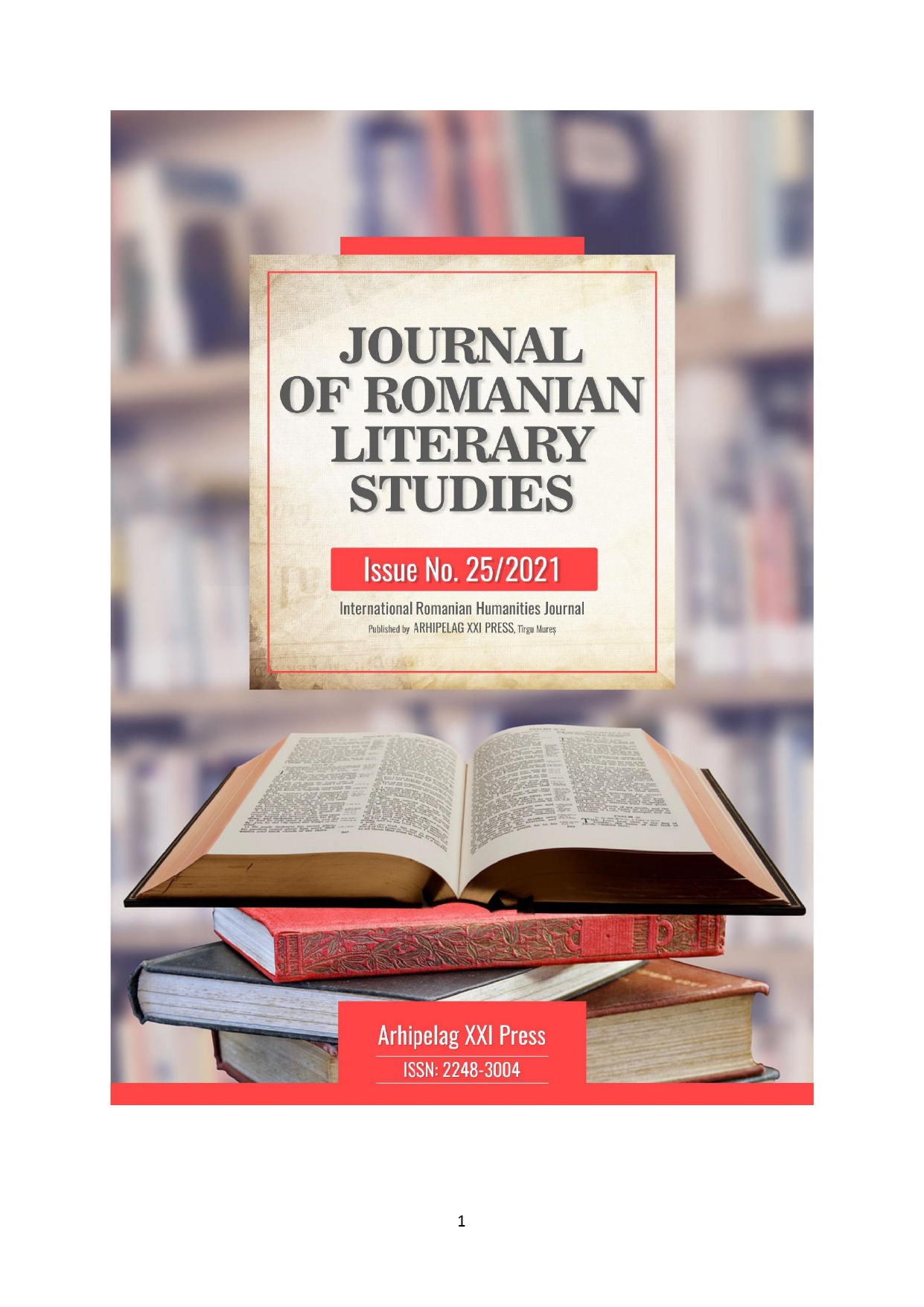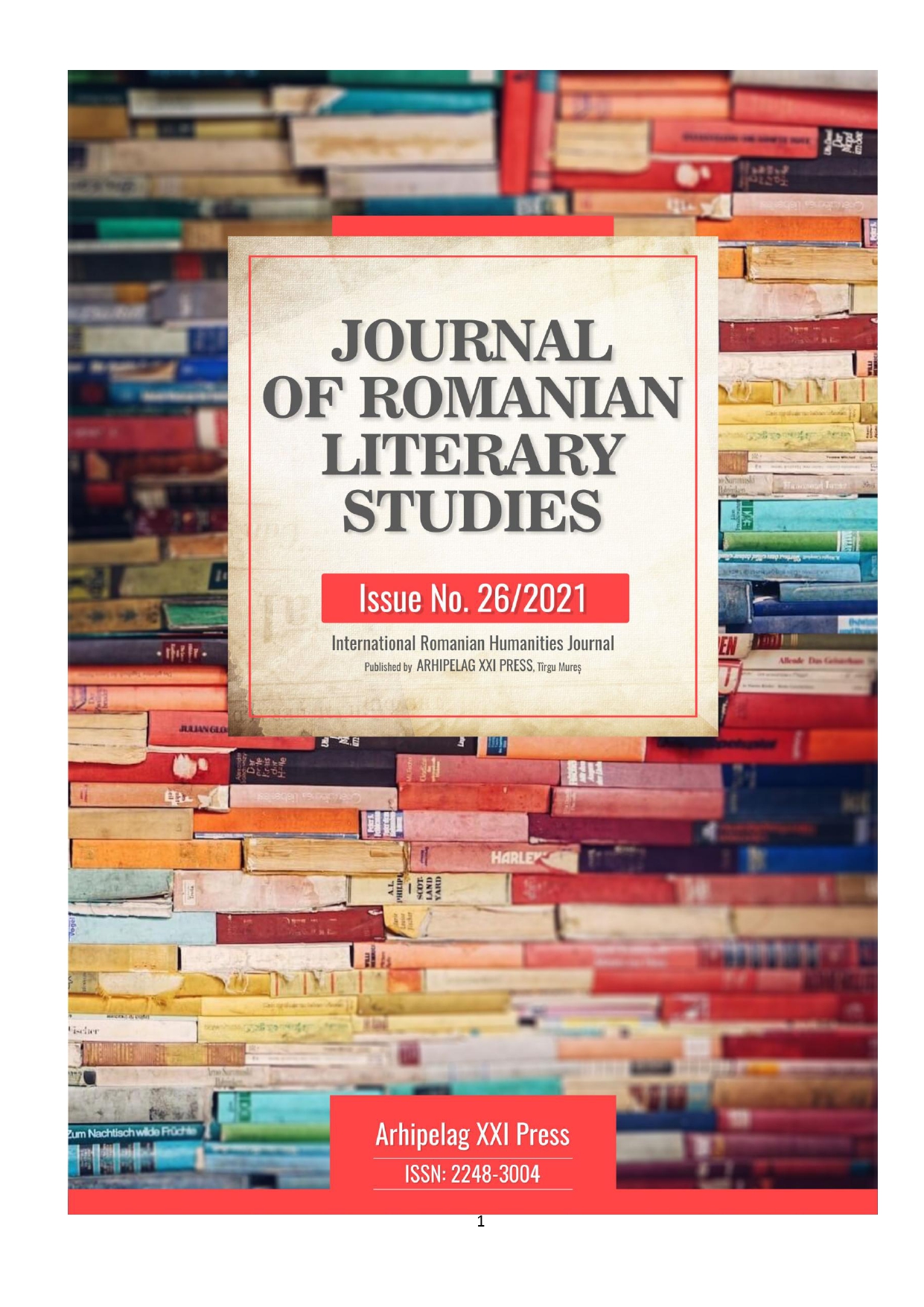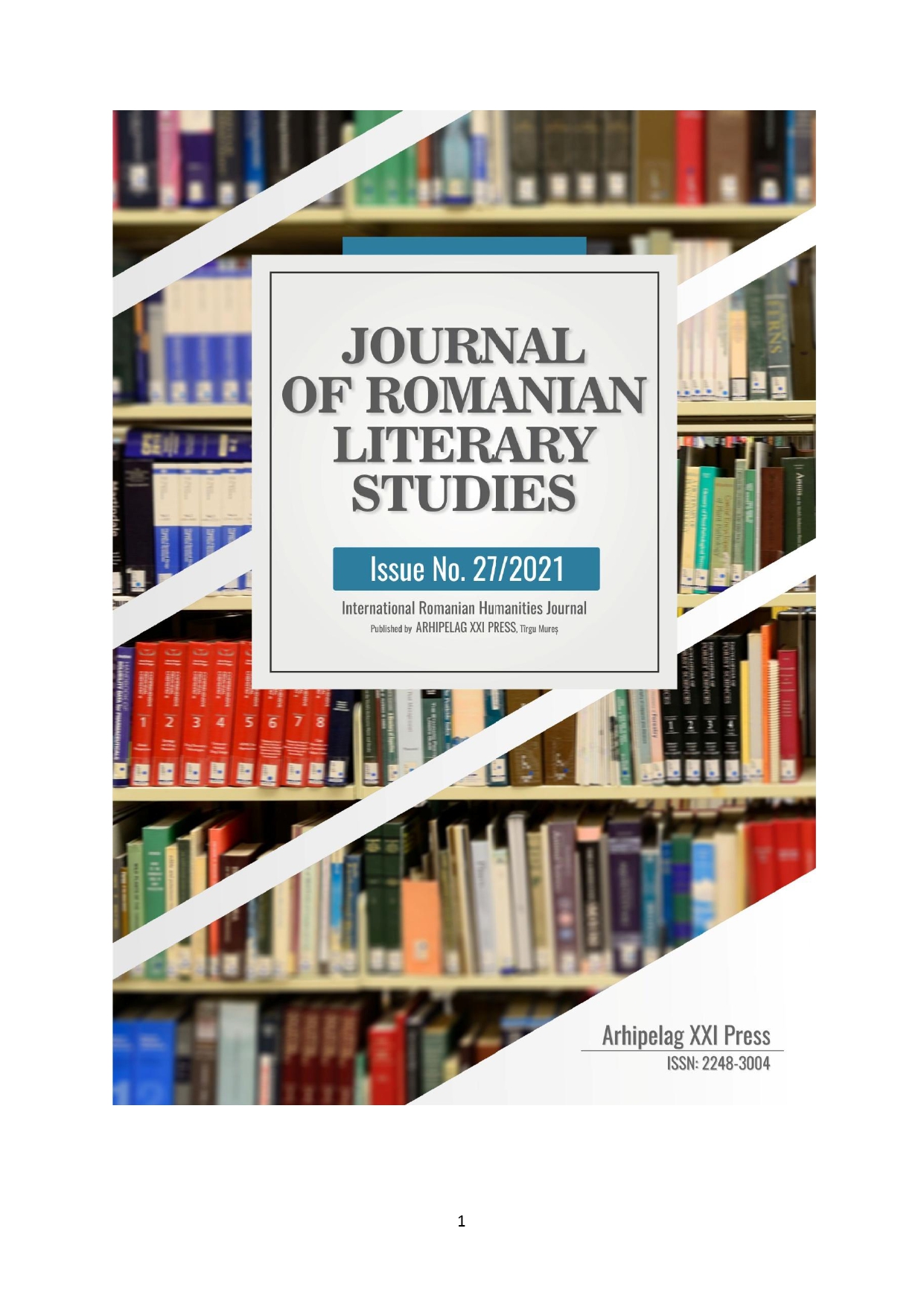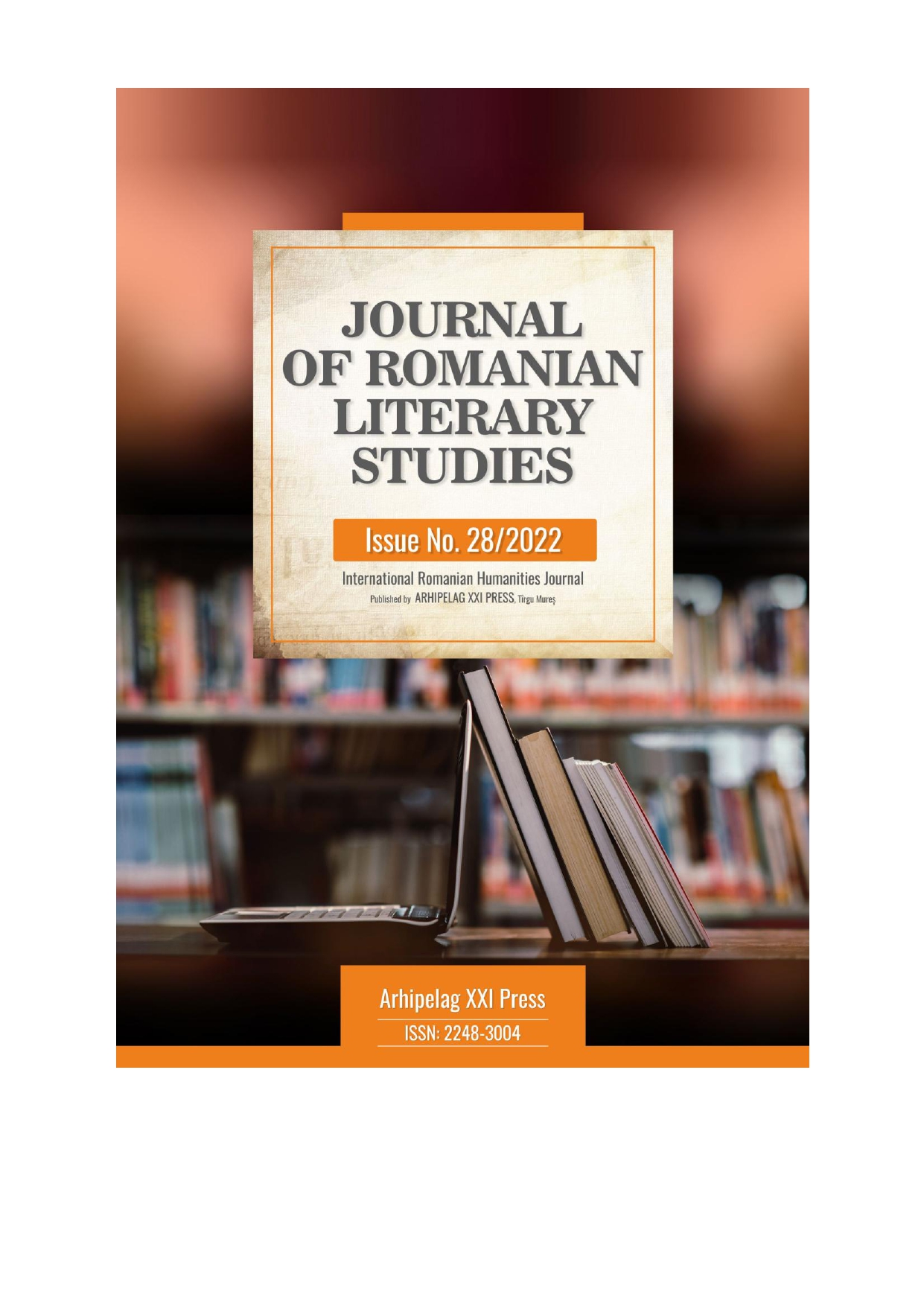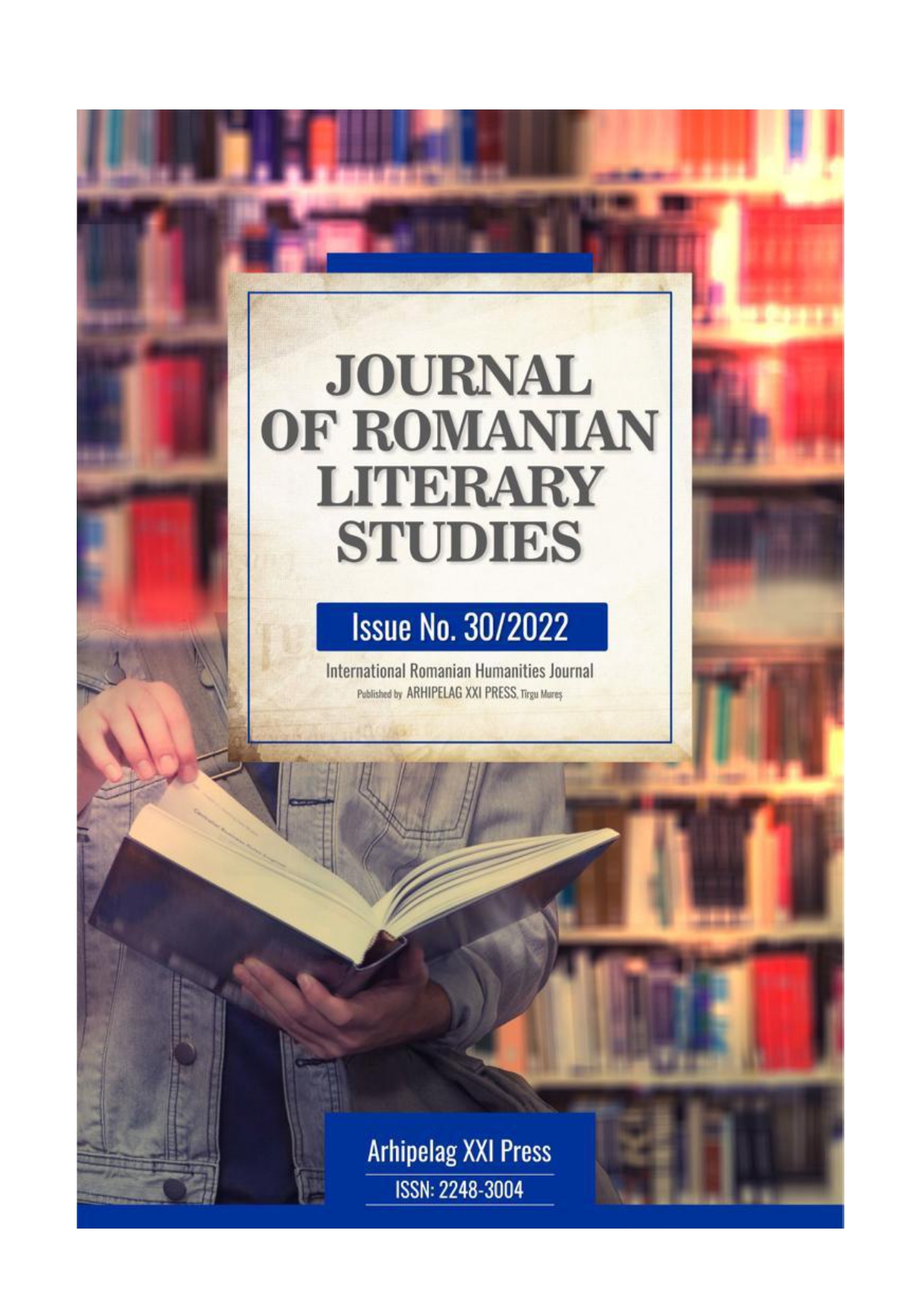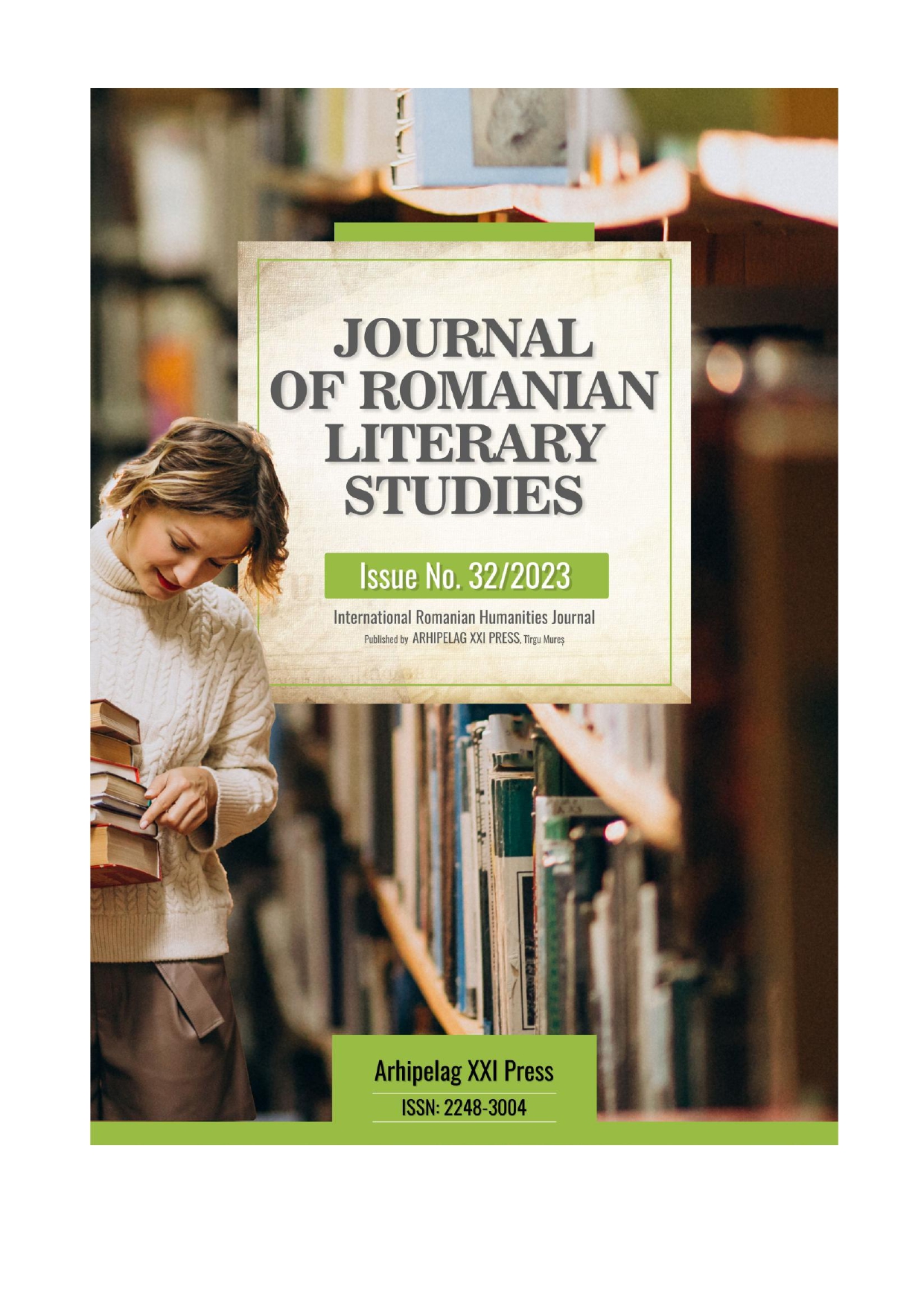Author(s): Mariana Pavel / Language(s): Romanian
Issue: 30/2022
Antonymy is a type of semantic relationship represented by the opposition of meaning between two words. In specialized works, there is often talk of opposite or contradictory meanings, both of which are in a logical disjunction, that is, they cannot be disproved or denied at the same time. The variety of criteria for interpreting antonymy results from the combination of extralinguistic ones (logical, on the one hand, and ontological, on the other) with linguistic ones. Regarding the admission of non-linguistic criteria, in this case the logical ones, some researchers find a justification in the fact that, in the case of antonymy, the interpenetration between logical and linguistic categories is evident. In specialized studies, it has often been pointed out that this semantic category covers very varied logical situations and that, without a doubt, the logical criteria are insufficient to explain some types of antonyms. On the other hand, many types of antonyms cannot be explained referentially, which makes this mode of analysis only a secondary means, a criterion that cannot be absolute. In the language, words that name objects are often put in antonymic opposition, which, on the ontological level, are not opposites. The Romanian language has an appreciable number of antonyms, but we cannot speak of an equal distribution of them in different areas of the vocabulary.
More...
